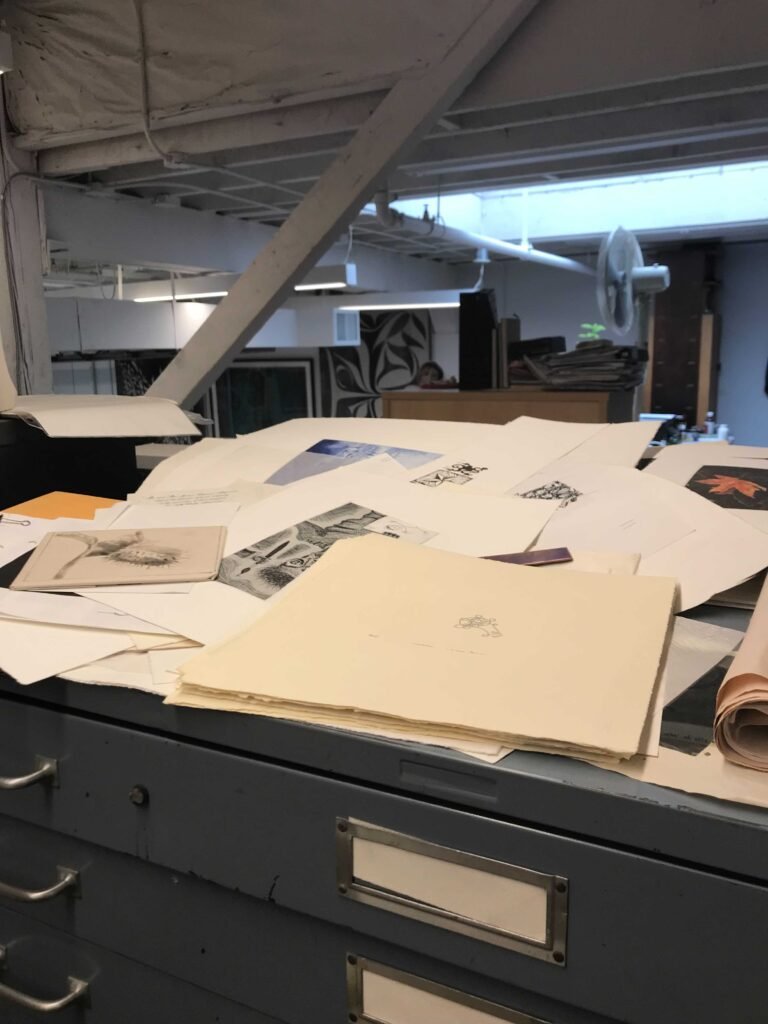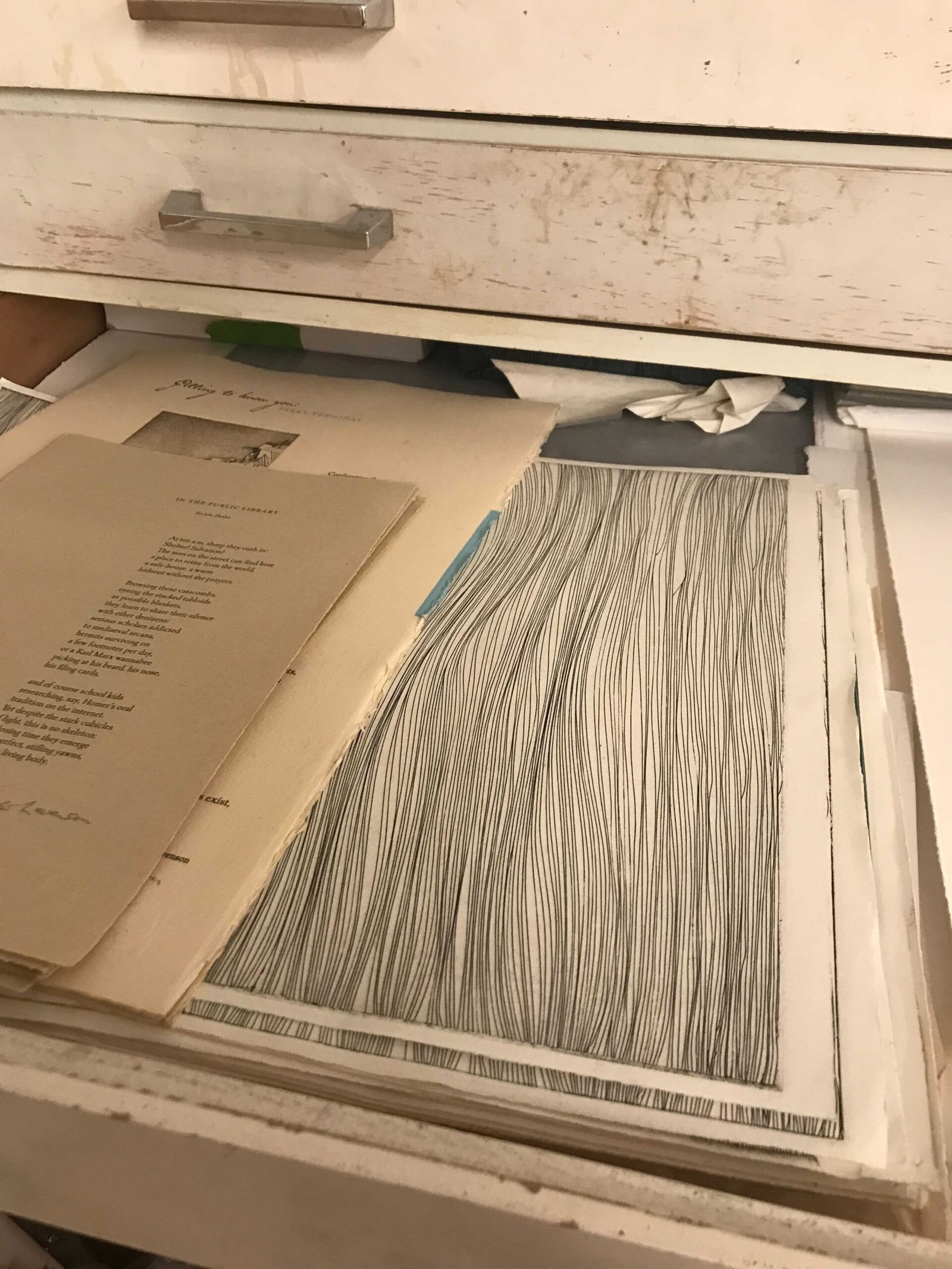Over the course of summer 2021, CCBC hired a student to archive hundreds of prints that have accumulated over three decades at New Leaf Editions. Peter Braune, founder of New Leaf and famous across the Granville island community for his stunning collection of frog paraphernalia, has managed to keep and collect hundreds of prints that were completed in his studio. The HUGE collection consists of varying subjects and styles, ranging from Robert Bateman’s birds to unidentifiable prints of red squares. Through the raffling of prints, summer student Jane Schiedel came to recognize a serious issue.
Signatures are vital when it comes to identifying art and can express an aspect of the artist. So why are they so unreadable?
The modern artist’s signature rose to popularity in the early renaissance. A period of artistic evolution. During this period, art production became more individual, moving away from co-operative guild systems. Therefore, signatures celebrated an individual’s artistic achievements. Signatures are important for many reasons, but one of the most important reasons is their key role in identifying art. For instance, famed print-maker Albrecht Durer was able to protect his prints and authorships thanks to his trademark AD that he scribbled on everything he ever sketched or printed. They can also help identify different periods within an artist’s life. Pablo Picasso signed his name differently across his life. His early works feature his signature as P R Picasso, whereas later in his life he dropped his initials. This knowledge is incredibly helpful to art historians, archivists, and even summer students.[1]
However, I have found that artist signatures are extremely confusing, especially when in cursive. Many gracious artists print their names, sometimes even in all capitalized letters. This is amazing. Whereas other artists sign their names in multiple squiggly lines and loops. Although beautiful, it only creates more confusion in my already aloof brain. Not only has this made me insecure about my ability to read the English language, but it has also made my job a little bit harder. I also wish I had put more effort into learning cursive in grade three, but I can do nothing about that now.
The relevance of this issue comes in the question, what is the true purpose of fancy, unrecognizable signatures?

Sid Motion of the Eponymous Gallery explains that artists can use signatures as part of the artistic process [2]. For instance, signing a work can determine it as done. It stops an artist from returning to a work and overworking it. This is a valid reason for artist signatures. I am not here to tell artists passively to sign their names neater so that archivists or inexperienced summer students can read them. I am here to explain two different sides to the conundrum that is unreadable signatures. An issue that has plagued society since the invention of cursive signatures. Obviously, I am biased. However, I will let messy signatures off the hook if the art makes up for it.
In conclusion, I am slightly befuddled about who art belongs to once it has left the hands of the artist. And if therefore, the artist’s signature should serve its owner, archivist, or public audience’s literacy or if it should still be a lasting mark of an artist’s self and process. This is just one summer student’s opinion and query.
Signed,
Jane Schiedel
Holy Black. (2017, July 24). 7 important things to know about Artist Signatures: Christie’s. 7 things to know about artist signatures | Christie’s. https://www.christies.com/features/7-things-to-know-about-artist-signatures-8365-1.aspx.

